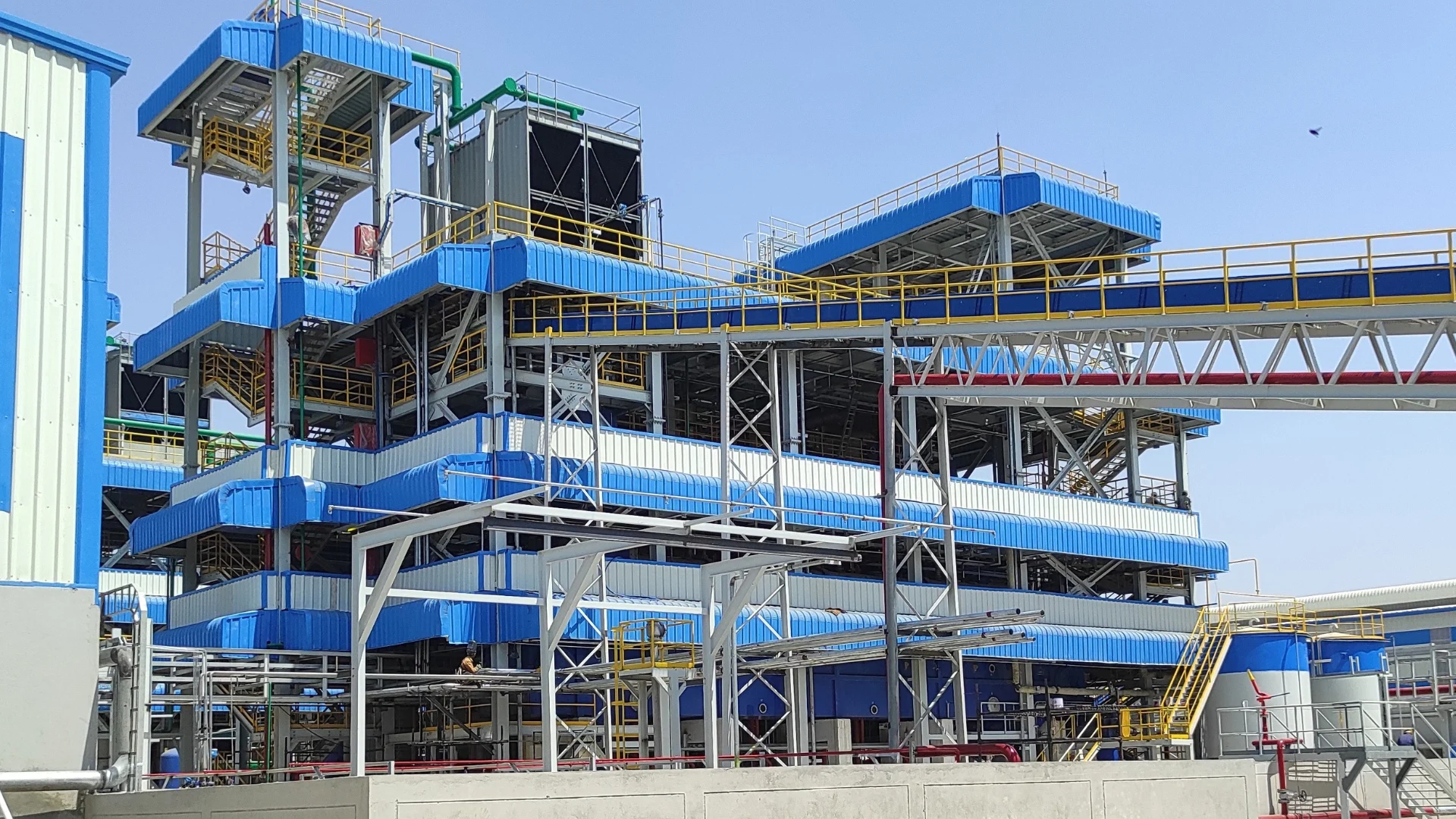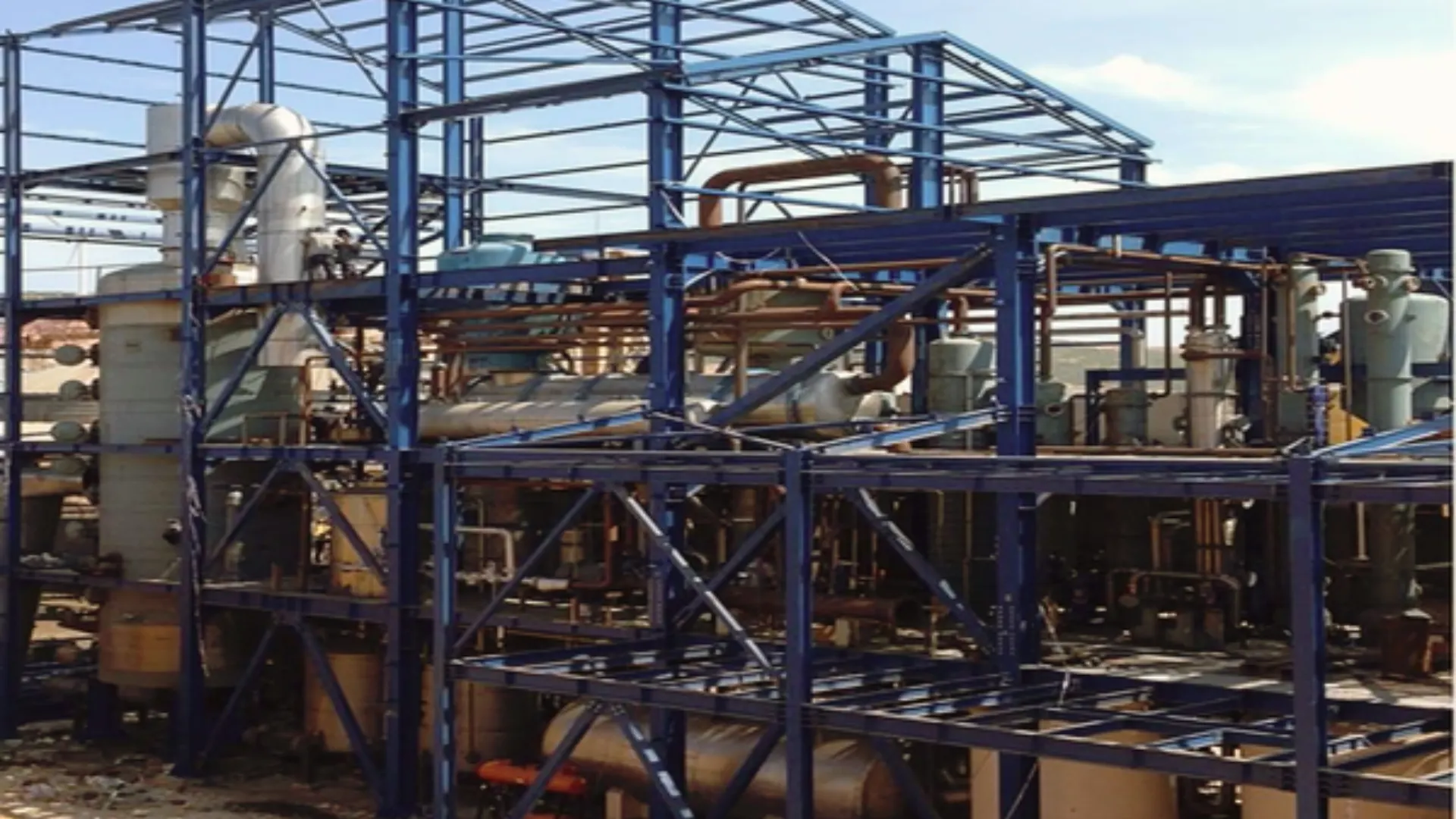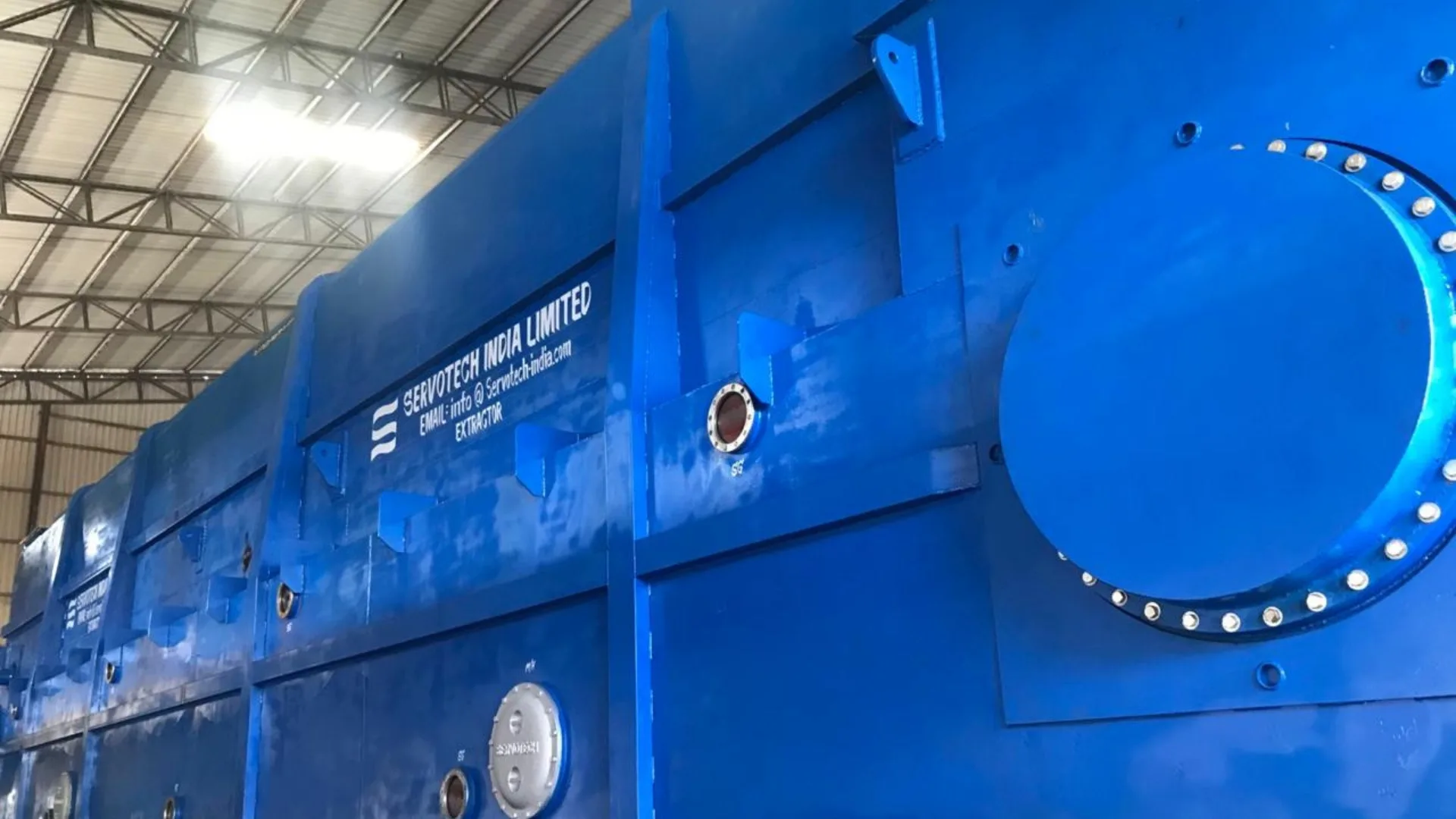


Solvent Extraction Plant
This Solvent-based processing unit by Servotech is designed for high-efficiency operations with a processing capacity of up to 2500 TPD. It is available in Automatic, Semi-Automatic, and Manual grades, catering to varied operational needs. The unit is constructed with high-quality materials and features an efficient design, making it suitable for continuous industrial use. It operates on electric power and includes complete installation services. The system ensures optimal flake preparation with a flake thickness ranging from 0.25 to 0.28 mm, which is critical for effective extraction. With a minimum order quantity of just one unit, it offers flexible procurement for businesses of all sizes.
Product Details:
- Minimum Order Quantity: 1 Unit
- Brand: Servotech
- Material: Solvent
- Capacity: Up-to 2500 TPD
- Automation Grade: Automatic
- Power Source: Electricity
- Design Type: Efficient
- Installation Services: Yes
- Grade: Automatic, Semi - Automatic, Manual
- Thickness of flakes: 0.25 to 0.28 mm
Features:
- Continuous operation
- Low oil residue in extracted meal
- Low power and steam consumption
- Low solvent loss
- Low sediment in the extracted oil
- Extractors with automatic feeding function
Process Description For Continuos Solvent Extraction Plant
The process of solvent extraction results into a solution of the oil in solvent by diffusing solvent into the oil- bearing of raw materials. Different types of solvents can be used for this purpose, but among all those, hexane is extensively used in the solvent extraction due to its low boiling point.
Following are the different stages into which the entire extraction process is divided:There are 3 different types of Soyabeans viz. brown, yellow and black with 18 - 22% content of oil. These Soyabeans are firstly cleansed, graded and then finally fed into the cracker, where these are cracked into small pieces. The gap between the cracker rolls should be adjusted in such a way as to avoid powder of the beans.
As to separate the hulls, a hull- separator is attached to the cracker machine into which the material is received. The broken meats with some content of hulls is carried on the vibratory deck into the hopper whereas, the powdery material called ‘chuni’ is collected at the lower most deck.
A current of air is passed for minimizing the content of hulls in the material. After this, the material is passed into the cooker conditioner for further processing.
A jacket steam along with injection of open steam is applied for complete conditioning of the beans. There is a flaker machine into which the conditioned meats are fed and then processed through a pair of smooth rolls rotating at the same speed in opposite direction. Compression springs or hydraulic power pack is attached in the rolls due to which the thickness of flakes is adjusted. Generally, the thickness of the flakes coming out of the machine is about 0.25 to 0.28 mm. After flaking, the Soyabeans are fed into the expander for preparing the cakes and collets. In order to remove the moisture from the collets generated from the expander, these are fed in dryer cooler and cooled up to the extraction temperature. Finally, the cooled collets free from moisture are fed to the extraction system through Redler 186.
After the extraction process, the materials are fed onto a conveyor through a hopper. There, it forms a solid bed, not allowing solvent vapours to escape. Entire extraction process is carried out in different stages until almost 95% of the original content of oil is extracted from the raw materials. A temperature of 50 – 60 oC and a slightly low pressure as compared to atmospheric is maintained in the extractor for the processing.
Extraction Process
In this extraction process, the raw materials are treated with hexane and the oil is recovered, resulting into a solution of oil in hexane called miscella. Condensation, evaporation and distillation of miscella are the process through which the absorbed hexane in the material is recovered. The reason due to which hexane is opted for the extraction process is its low boiling point (67oC) and high solubility of oils and fats in it.
Hexane, being a highly inflammable compound requires utmost care during processing. Thus, all those stages that involve high speed machineries like finishing, material preparation and bagging are carried out at least 50 ft. away from the main extraction plant.
Desolventising
The meal discharged from extractor contains 25% to 30% solvent. This solvent is removed after the meal is propelled in Desolventiser Toaster with the help of high-pressure jacket heating and low-pressure spurge steam. During solvent evaporation process equipment pressure will be slightly below the atmospheric pressure. Thus vapour losses and residual solvent in meal are minimized.
Distillation
According to the nature of the raw materials, the miscella has 10% to 18% content of oil. Firstly, the solvent is separated out from the mixture through carrying out distillation inside heat exchangers, maintaining vacuum conditions. After distillation, the miscella is fed to a flasher, where the content of solvent is reduced to 2%- 3% in the miscella. In an atomizer, on the top and at the jacketed column, hot oil is sprayed and an open steam is injected at the bottom for further processing. A temperature of 27 – 29oC is maintained in the shell and tube condensers for condensing the solvent vapors. After condensing, final solvent content is removed and separated out from the oil.
Vent Vapour Recovery By Absorption
Non-condensable gases with mostly air get into the system during the processes like extraction, drying and distillation. These gases can cause damage to the system, and thus, have to be vented out. For this, an adsorption system is attached through which the vent gases are passed through. In this adsorption system, there is vegetable oil that completely adsorbs the solvent traces in the gases. A regular check on the oil has to be carried out for the presence of volatiles and as per the requirements, has to be rejected when these levels become perceptible.
Meal Finishing
De-oiled meal is finally transferred to the finishing unit, where it is cooled by air prior to bagging and packing.
Servotech's Promise
At Servotech, our cutting-edge engineering solutions and uncompromising quality standards are designed to help you reduce operational costs and boost overall efficiency. We approach every project with dedication and precision to ensure successful outcomes for our clients. With a proven track record of over 600 projects delivered to 400+ customers across 25+ countries, we bring deep industry expertise and global experience to every assignment. Let Servotech be your trusted partner for your next successful project.
